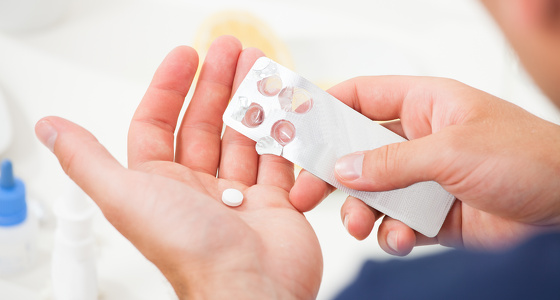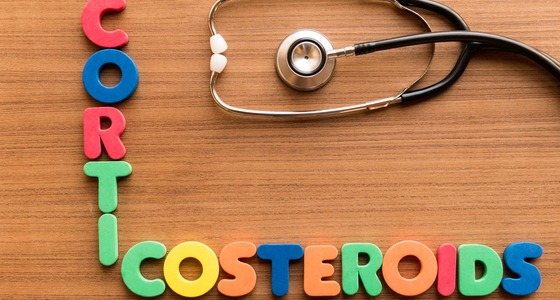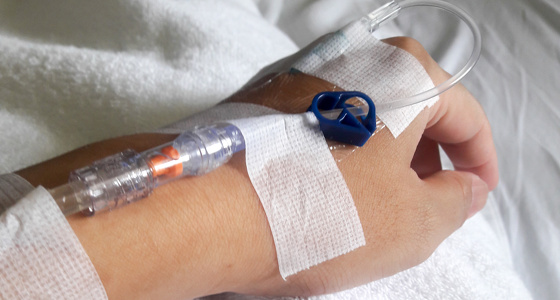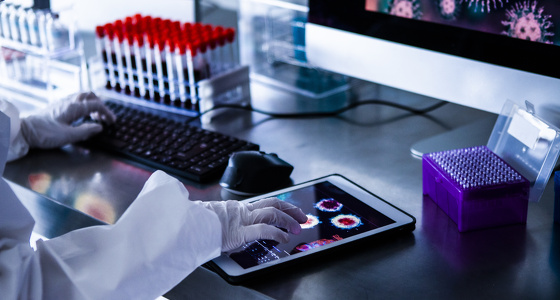During your treatment for IBD it's likely you will be given an induction therapy, followed by a maintenance therapy. Find out more about what this means...
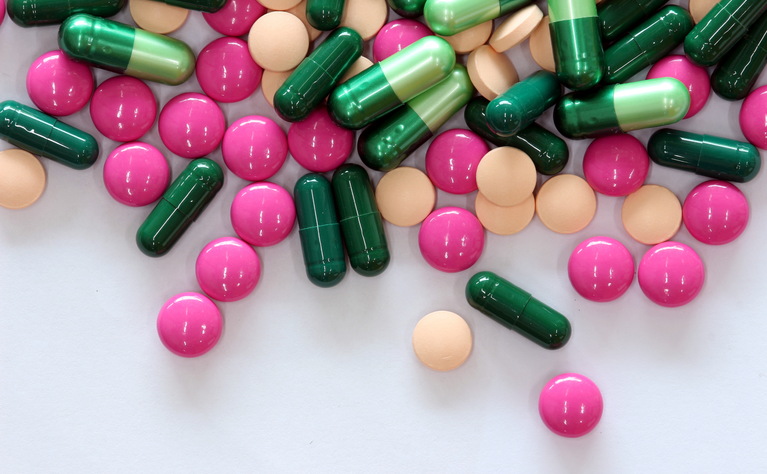
Induction therapy in inflammatory bowel disease (IBD) is used to get you well and into remission by quickly reducing the inflammation in your digestive system. If you are newly diagnosed with Crohn’s disease or ulcerative colitis, or you are in a flare of your IBD, then it’s likely your doctor will place you onto an induction treatment as a way to induce remission (have no active inflammation from your IBD).
Induction treatments in IBD are usually fast-acting to improve your symptoms quickly and taken for a short period of time (often 6-8 weeks).
Which induction therapy you will be given to treat your IBD will depend on a range of different things, including the type of IBD you have, it’s severity and your age.
Induction treatments for Crohn’s disease include:
Induction treatments for ulcerative colitis include:
Maintenance therapy in IBD is used to keep you well when your Crohn’s disease or ulcerative colitis is under control (in remission). Maintenance treatments are long-term treatments that you may stay on for many years if they work for you.
Which maintenance therapy you will be given to keep your IBD under control will depend on your unique circumstances. If one maintenance therapy doesn’t work for you, or it stops working after a while, then you may be switched to another drug within the same group, or to a completely new type of medication.
Keeping your IBD under control is really important to avoid having complications. That’s why you should keep taking your maintenance treatment, even if you aren’t experiencing any symptoms of your Crohn’s disease or ulcerative colitis. The majority of people with IBD take some form of medication for the rest of their life. There are some cases in which patients stop taking medication, however this must be done in consultation with your IBD team to make sure it is safe for you to do so.
Maintenance therapies for Crohn’s disease:
Maintenance therapies for ulcerative colitis:
When treating your Crohn’s disease or ulcerative colitis your IBD team will want you to take a medication to induce remission (induction treatment) and a medication to keep you in remission (maintenance treatment). This could be two different medications or it could be the same medication to do both jobs.
Common combinations to do this are….
For patients with mild ulcerative colitis this may be an option that is chosen, taking an aminosalicylate (5-ASA) for both the induction of remission and then continuing to take it long-term to maintain remission. Once you are in remission your dose may be reduced for your maintenance therapy.
Patients with moderate to severe Crohn’s disease or ulcerative colitis may take a biologic medication to both induce and maintain remission of their IBD. You will have more frequent doses of your biologic medication to start with so that it reaches its therapeutic range in your body (the amount of the drug needed to work best) and then reduce the frequency of these doses for your maintenance therapy.
Steroids are very effective at inducing remission quickly. You will take a short course of a corticosteroid, such as prednisolone, for six to eight weeks before slowly tapering (reducing) the dose. As immunomodulators can take up to three months to reach their therapeutic range in your body, it is likely you will be started on an immunomodulator at the same time as starting steroids, or shortly after, to give it plenty of time to start working.
Mostly used in the treatment of ulcerative colitis. Fast-acting steroids help to effectively reduce symptoms of IBD and induce remission. Steroids are a more aggressive induction treatment than aminosalicylates which you will start to take either during or at the end of your course of steroids to help maintain remission and keep your IBD under control. Aminosalicylates tend to have a lower side effect profile than other maintenance treatments.
A course of steroids is given to get you into remission, once this is achieved you will then be moved onto a biologic to induce remission and keep you well.
Research into EEN has found it to be an effective treatment for the induction of remission in children. The same results have not been found in adults. A liquid drink is taken for six to eight weeks (no food allowed during this time) as an induction treatment before food is slowly reintroduced. In children azathioprine is often given as a maintenance treatment and this is taken alongside the EEN to give it time to reach its therapeutic range in the body (which takes up to 12 weeks). Instead of an immunomodulator (like azathioprine) some children are given a biologic as their maintenance treatment.
The above are just some common examples of induction and maintenance treatment combinations. Your doctor may decide that a different route is best for you, or you may switch treatments if one doesn’t appear to be working well.
